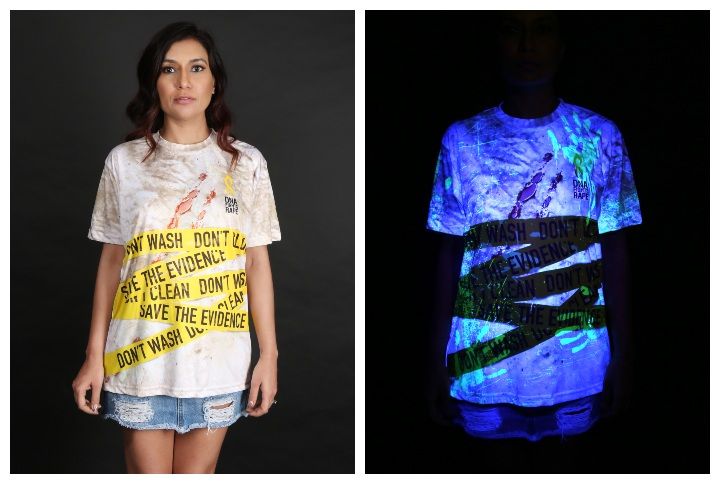**Trigger warning: The following content includes graphic references to rape and sexual assault**
A rape is committed every 20 minutes in India and most of these rape cases go unreported. As per the National Crime Records Bureau, more than 34,600 rapes were registered in 2015. Only one out of four cases result in a conviction. While we digest these facts about sexual assault, it’s important to look at the key aspects that influence and enable the rape culture in our country.
One of the important factors that help in nailing the perpetrator/s is forensic evidence and the lack of forensic evidence—medical exam of the survivor after the crime, DNA profiling of the accused, evidence from the scene of the crime, etc.—hampers the investigation, and delays or even denies justice. This could lead to the perpetrator/s going scot-free. Consequently, what’s needed is an awareness amongst people on how to save the evidence so that they can help the investigation as a survivor or as a survivor’s support group.
Recognising this lack of awareness, Ogilvy India and Gordon Thomas Honeywell recently launched an initiative called, ‘Where’s the DNA?’ that aims to educate people on the role DNA can play in speeding justice. We reached out to Dr. Vivek Sahajpal, Assistant Director (DNA), Himachal Pradesh Foreign Science Labs, to help us understand how #DNAFightsRape. Read on to see what was discussed.
What Is Forensic Science?
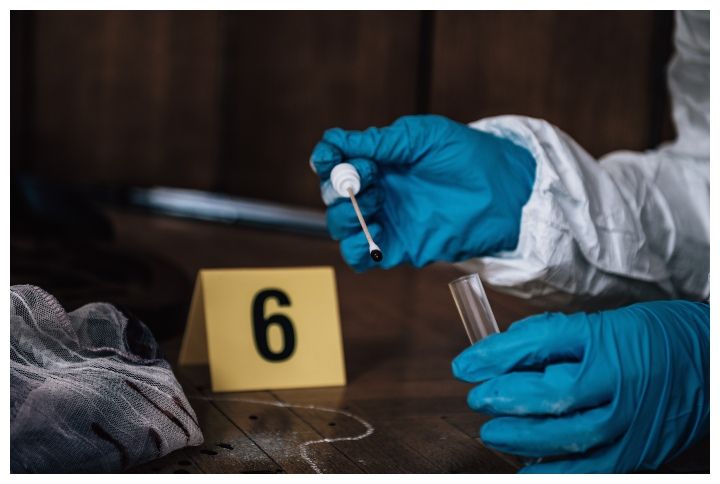
Forensic Science, in a nutshell, is the application of science for the purpose of justice. It encompasses fields of biology, chemistry, physics, anthropology, geology, psychology, medicine, engineering, computer applications, and accounting. Dr. Sahajpal explains,
In a sexual assault case, the forensic investigation involves the collection and preservation of evidence from the scene of occurrence, medical examination of the survivor, and the DNA profile of the accused. This includes body fluids, skin, nails or hair. The collected evidence is sent to a forensic lab where it is analysed. Moreover, the most important is the DNA analysis by which the biological samples collected from the survivor and accused are used to fix the identity of the perpetrator and link them to the crime.
How Does It Help In A Sexual Assault Case?
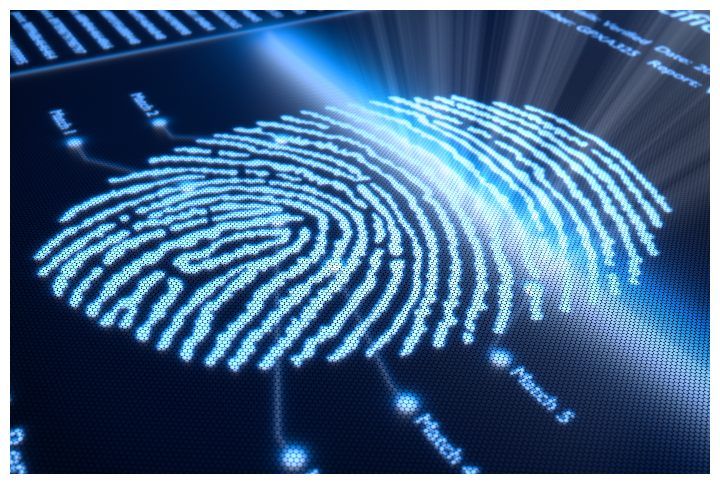
The evidence given by eyewitnesses can sometimes not be very reliable, as seen in many cases. It is not uncommon that witnesses change their statements and even turn hostile with time. Dr. Sahajpal says,
The results of a forensic investigation, based on analysis through scientific methods are highly reliable. In sexual assault cases, DNA profiling establishes the identity of the assailant beyond any doubt.
The Challenges Of Reporting Rape
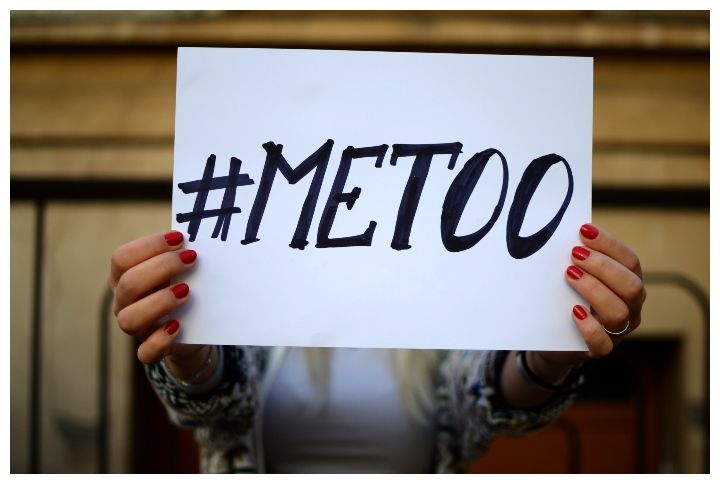
1. Lack Of Awareness
In 95% or more cases, the survivor knows the perpetrator. Which means the survivor is the scene of the crime and the evidence. Dr. Sahajpal says,
How a survivor acts in the initial few hours after the incident is critical. In most cases, they usually doesn’t report to the medical trauma centre or the police directly. It is usually after taking a shower and cleaning up or maybe after waiting a few days that they report the crime, which means there is a loss of crucial evidence that could put the culprit behind bars. Effectively, it is not only the law enforcement and forensics who are the first-line responders in a crime scene, but the common man also has a strong role to play, as he/she is a ‘first line responder’, and as much critical to the success of a criminal investigation.
2. Societal Barriers
In our society, rape or sexual assault is associated with shame, guilt, and fear and the survivor is often blamed for it or advised to forget the whole thing and pretend that nothing ever happened to safeguard their family’s reputation. In addition to these factors, the fear of long drawn court battles further discourage them to pursue justice. Dr. Sahajpal explains,
It has become increasingly clear that the problem is not the identification of suspects, it is about encouraging people to report the crime backed by irrefutable scientific evidence for speedy justice.
3. Lack Of Faith In The System
People don’t have confidence in the system. And for good cause too. With low conviction rates, police insensitivity (as witnessed in Priyanka Reddy‘s case), and the high number of pending cases, fewer people would be motivated to actually report the crime. Dr. Sahajpal says,
While there have been several advancements in the field, in India, the authorities have not adopted modern crime-fighting methods meaningfully in the pursuit of justice for sexual assault survivors. In fact, of the cases that go to DNA labs each year, less than half are processed, and 20% of lab reports do not hold up in court due to contaminated or improperly collected evidence.
However, there’s a silver lining. Dr. Sahajpal explains,
As people become more aware of their part in expediting the criminal justice system, it is bound to reduce overdependence on ocular evidence in court and put the fear of law in the minds of the perpetrators. This should help deter the incidence of rape.
A Survivor’s Guide
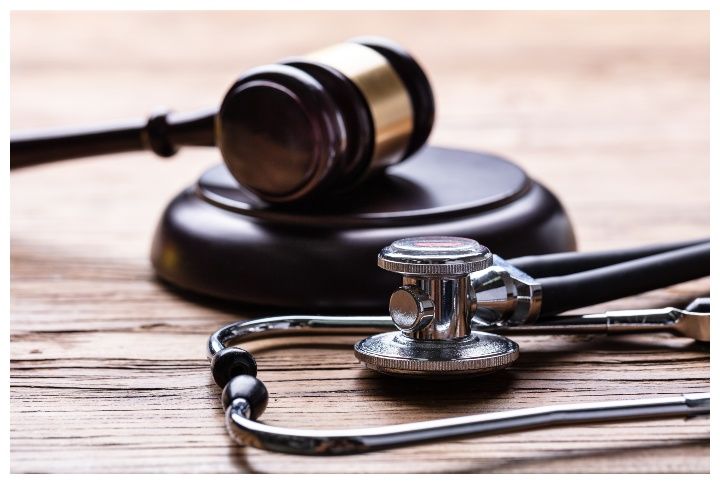
The hours following the trauma of rape are most critical for the survivor to be courageous. For their sake and for others who could be the potential target of the same offender in the future, they should:
- Immediately contact the police, and report the crime, preferably within 24 hours.
- The survivor and their clothes bear DNA evidence of the assault. Thus, they shouldn’t change clothes, shouldn’t wash the clothes and shouldn’t shower.
- After the matter is reported, there should be an immediate medical examination for the collection of evidence for forensic analysis and DNA profiling.
Survivor’s Toolkit
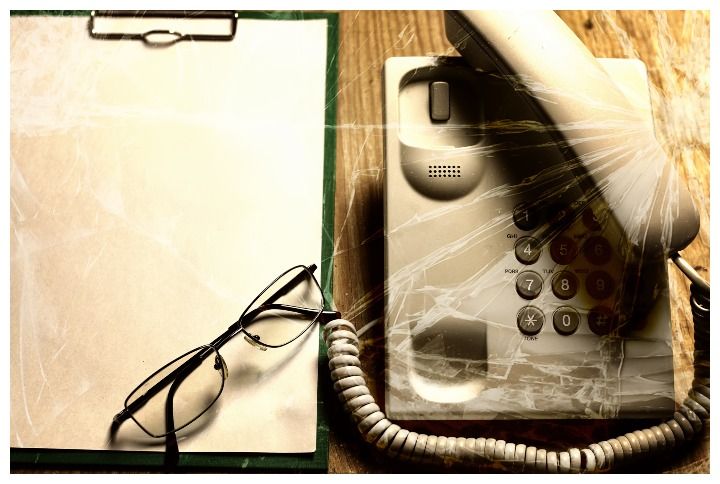
For immediate support, Sayfty, an organisation that empowers women against violence, mentions the following helplines:
- 100: Police
- 1091: Women’s helpline number
- 181: Women’s helpline number
- 112: Single emergency helpline number for immediate assistance to services such as the police and women’s helpline
- 1800-2000-113: Helpline number for Transgender and men who have sex with men (MSM) community
Lastly, while we can be more aware, we also need to demand action by the government to improve DNA forensic infrastructure across India and reduce the number of pending cases in court and backlogs in forensic labs. This would ensure expedited justice is delivered, and hopefully lead to safer spaces.
We often have such conversations on Malini’s Girl Tribe on Facebook. To be a part of them, join the group here.

